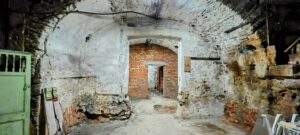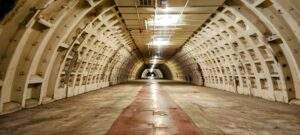Unexplored Devon: Beer Quarry Caves

The caves in the village of Beer have at least 2000 years of history. The quarry was worked nearly continuously until the 20th Century. Beer stone is highly valued because it is free stone, meaning it can be sawed or squared up in any direction. The chalk limestone is soft and easy for stonemasons to carve, but hardens when it is exposed to air. Beer Quarry Caves provide guided tours with a knowledgeable guide to find out about the history and people that once worked these caves.
Romans
It is believed that the Romans began quarrying at Beer around 47 AD. Using slaves, they tunnelled in their typical fashion of large rounded arches. Beer stone from this period can be found in Seaton at Honeyditches Villa, which some historians believe was a Roman barracks. In 1969 the bath house was excavated and Beer stone was found in the quoins (external angles) of the hotroom walls, the pilas (floor supporting columns) and flue linings.
Medieval
The Normans expanded on the Roman quarry and went deeper into the hillside. They created large rectangular columns which support the roof and can still be seen today.

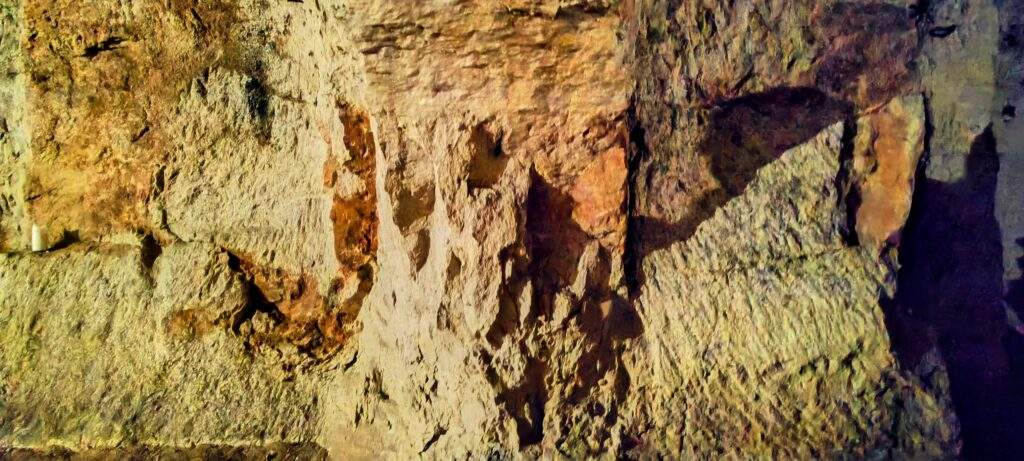
The first payroll record is dated 1279 and is for Exeter Cathedral. The use of Beer stone was widespread across the south of England. Examples can be seen at Westminster Hall and Abbey, Tower of London, London Bridge and Winchester Cathedral.
Whilst the mining tools had improved, working conditions did not. Stone blocks were now lifted by hand cranes onto wagons to be pulled by horses to Beer beach. At this time children under 14 were not allowed to work underground, however evidence shows that children as young as 8 took candles to the miners and looked after the horses. Miners were expected to mine one block of stone a day, but they had to pay for the candles themselves, and were limited to 5 per day. At the end of the working day, the stone block would be hit with a hammer- if it gave a dull thud which showed it was cracked the miner would not be paid.
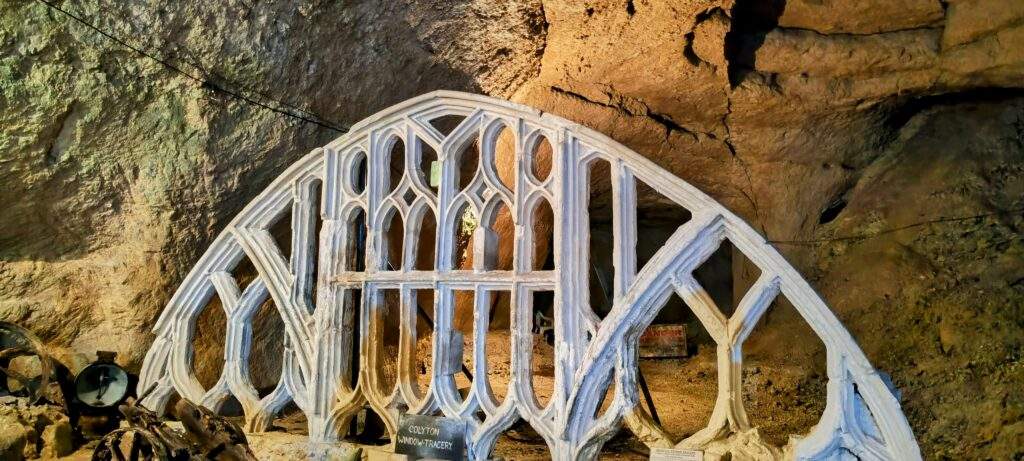
Smuggling
The village of Beer’s main industry was fishing, followed by quarrying. Its third industry was smuggling. Everyone in the village had a connection to smuggling, from the fishermen and quarrymen to the Lord of the manor and parson. Contraband was definitely held in the mines, however the legend that there is a smuggler’s tunnel from the quarry to the cliffs has not been proved. The quarry and smuggling are intertwined. Parts of old casks, as well as sail cloth used to wrap smuggled silk and satin, have been found in the mines.
Those policing the avoidance of paying taxation, known as excisemen, would have to enter the mines in darkness which led to fatalities over the years. One exciseman died falling from Beer Head, another drowned in 3 inches of water in Beer Brook after falling from his horse in the middle of the day.

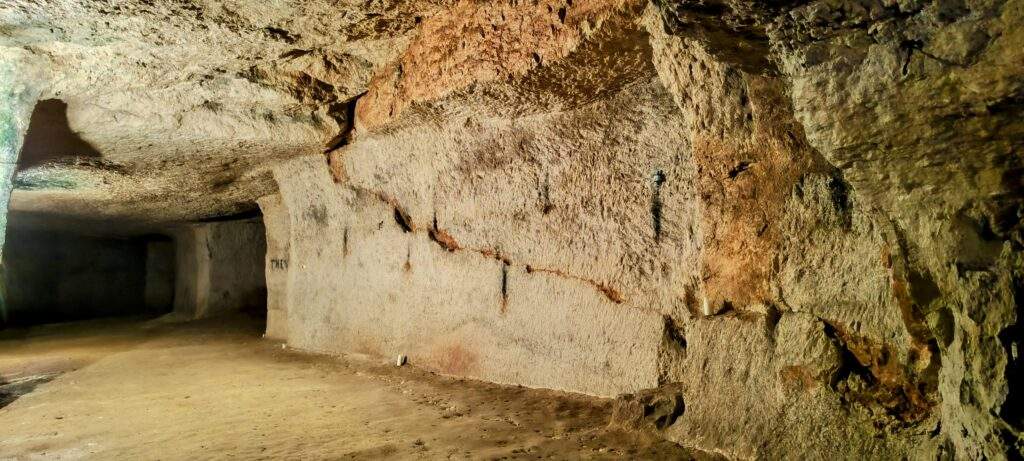
Today
Quarrying at Beer Quarry Caves stopped in the early 20th Century because a new local quarry was opened up. During WWII the caves were used to store ammunition. They were also used to grow mushrooms to feed the hungry London population during war time.
Today the caves are home to Greater and Lesser Horseshoe bats in the winter, whilst they hibernate. The caves have a bat cam that is permanently on- during the winter you can watch the bats on the wires, whereas during the rest of the year you might see a tour go past.
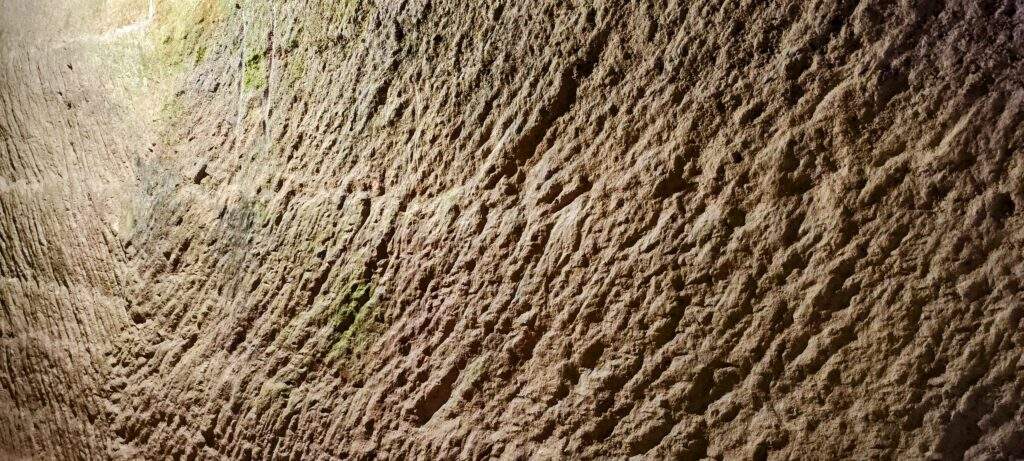

Tours of the caves run from Spring – Autumn. The first is at 10.30 and on quieter days they are at 12.30 and 2.30. On busy days they run every hour from 10.30 – 3.30. It’s best to phone ahead to check availability and the timing of tours on the day you would like to visit. We visited on a quieter day and the 1 hour tour lasted 1.5 hours so for us it worked out well! We thought it was great value for money and our guide was incredibly knowledgeable. There is a point half way through where you can leave if you need to. Dogs are welcome on site and on the tour.
Last Updated on 17 August 2023 by Michael


